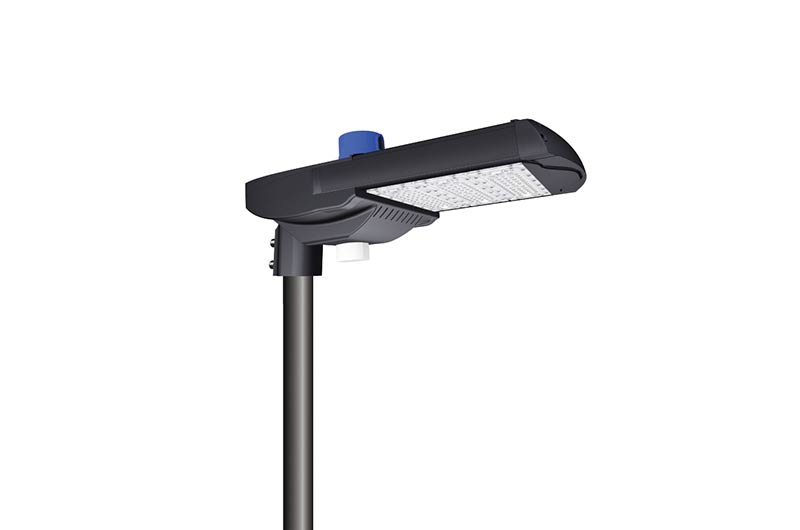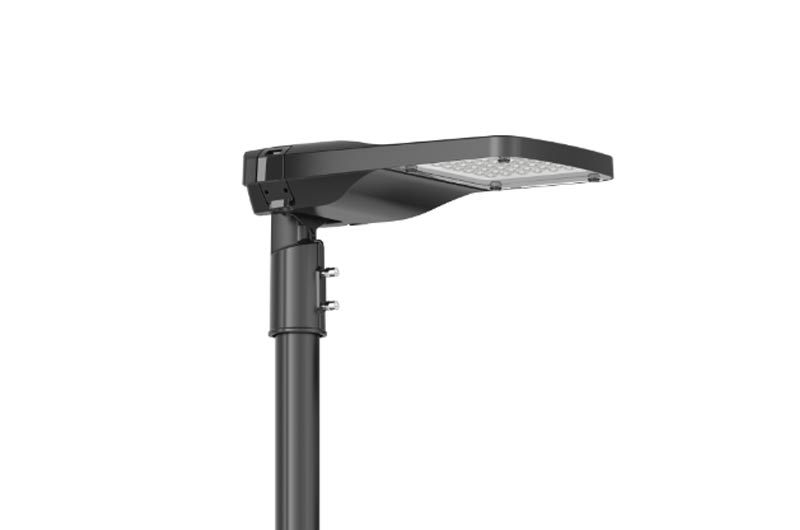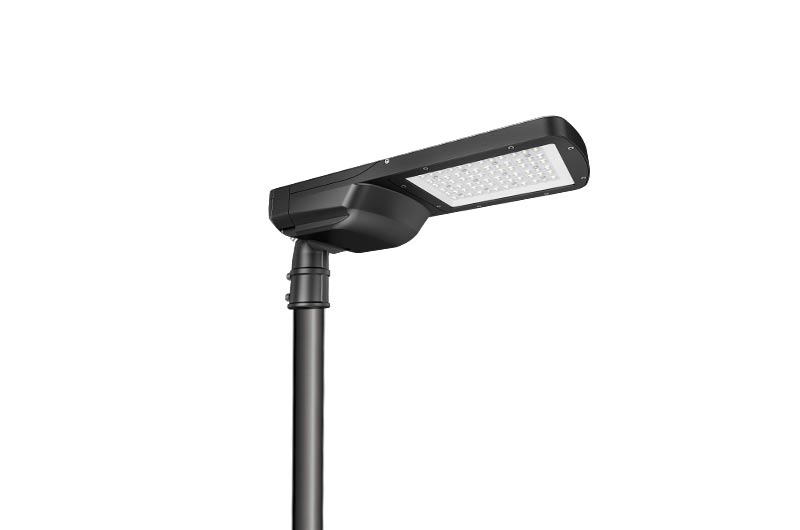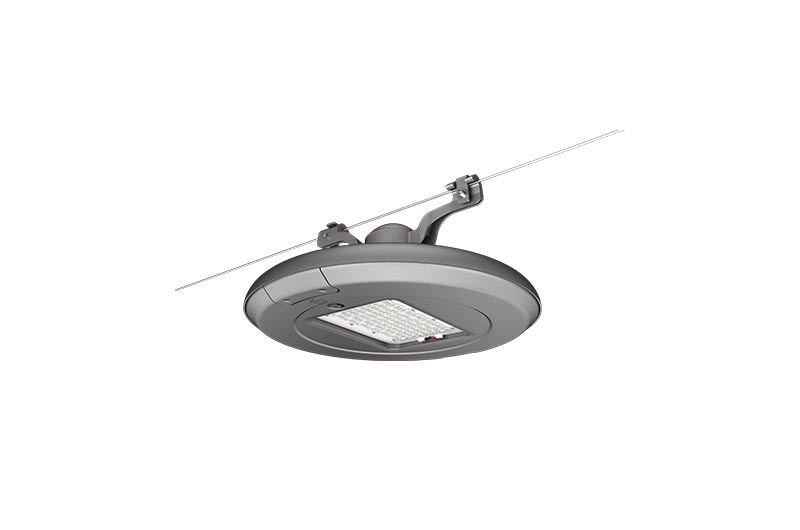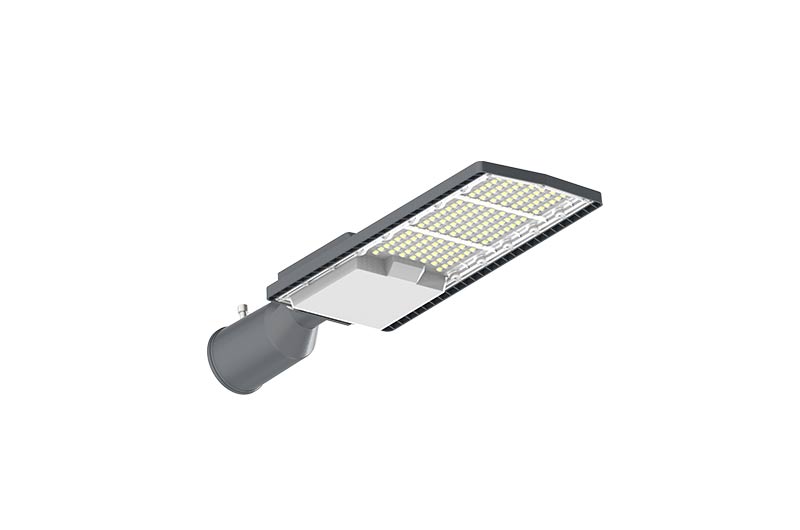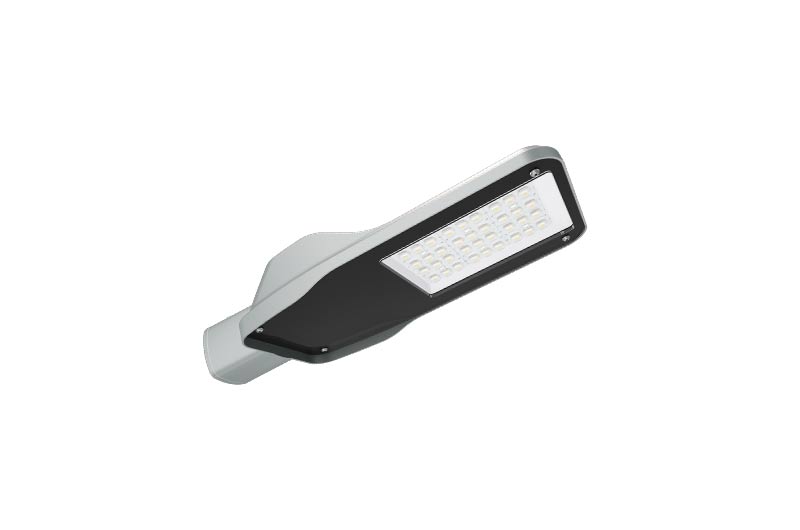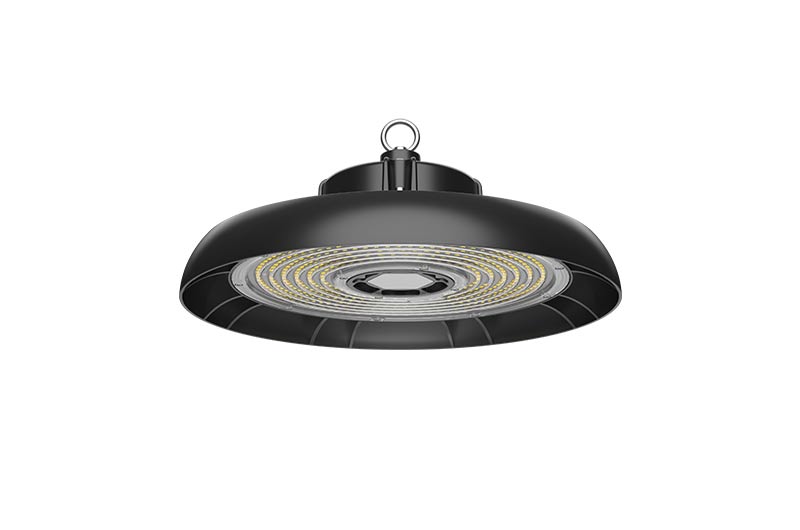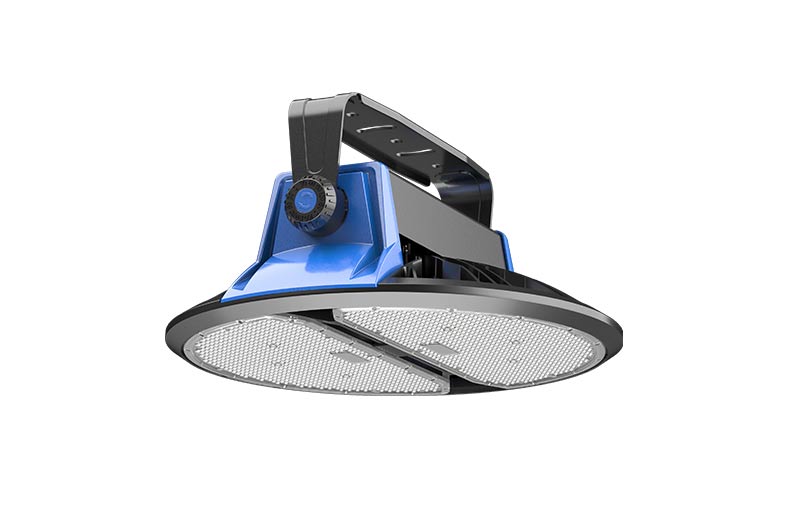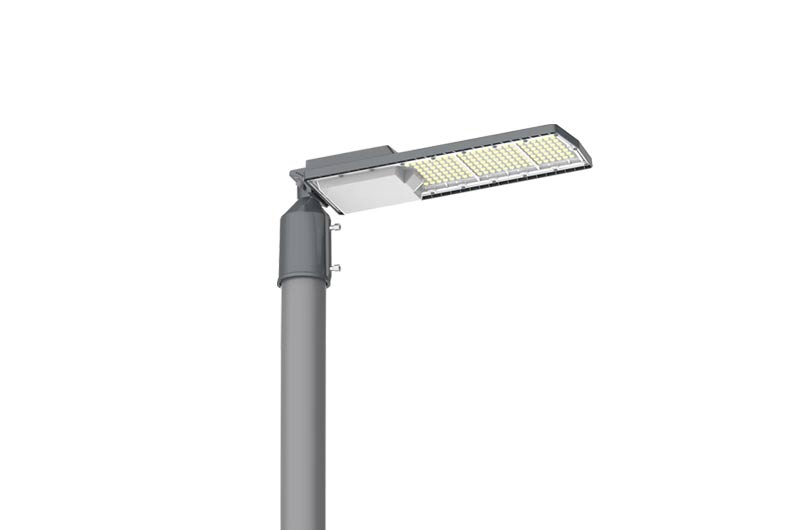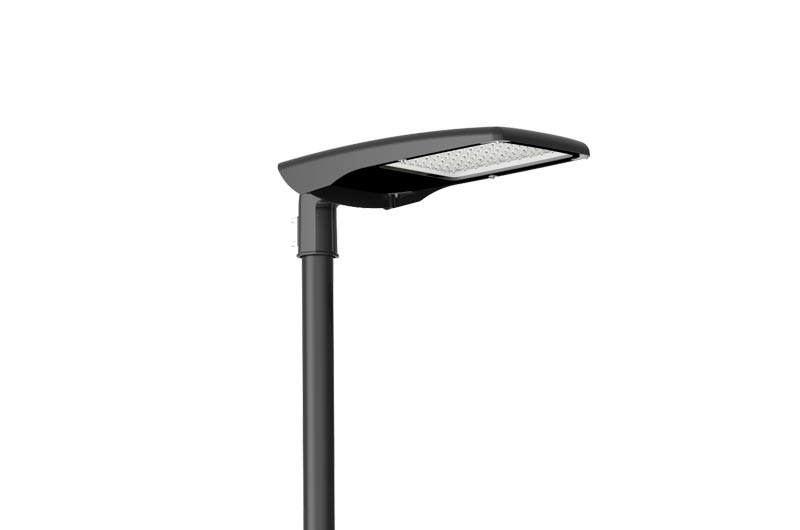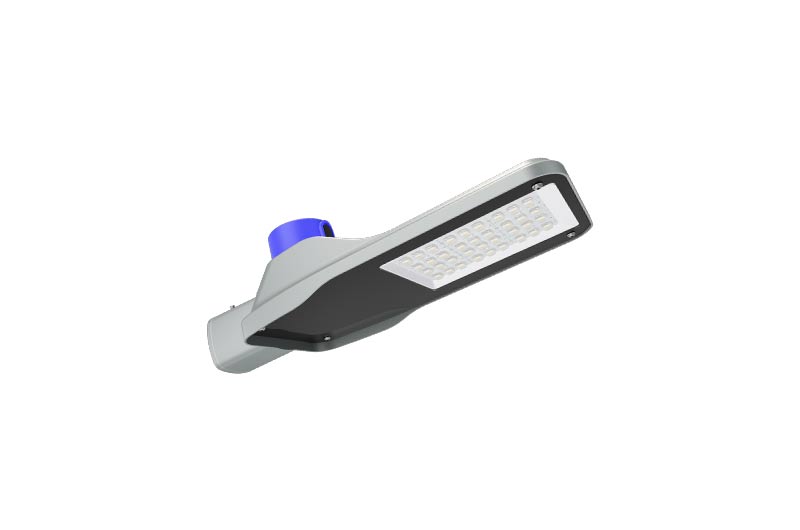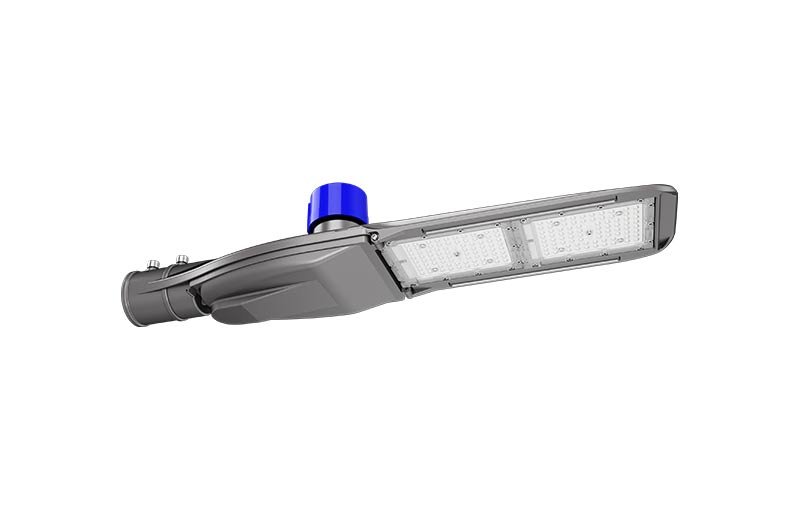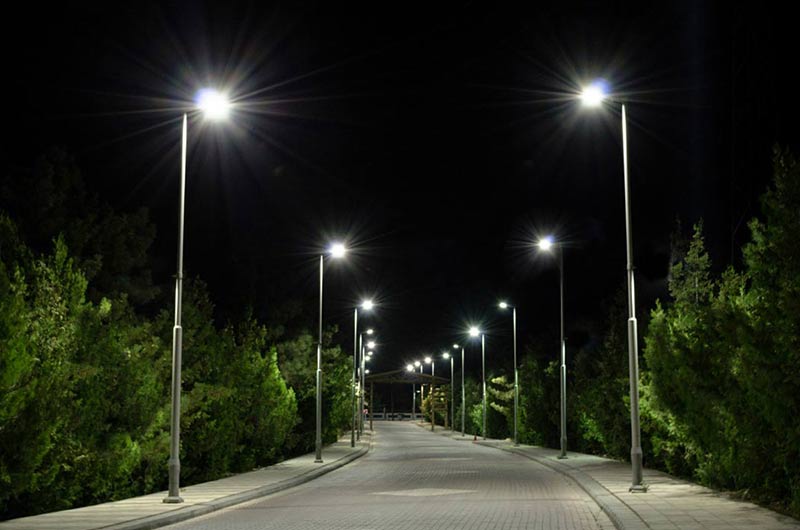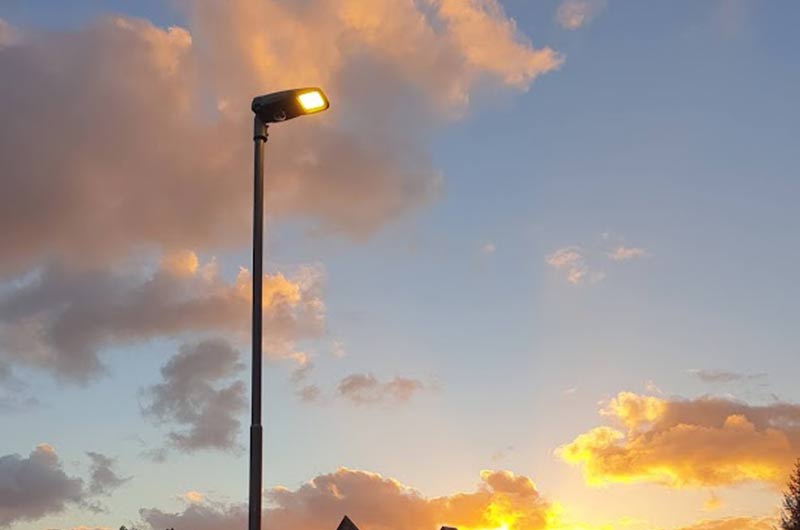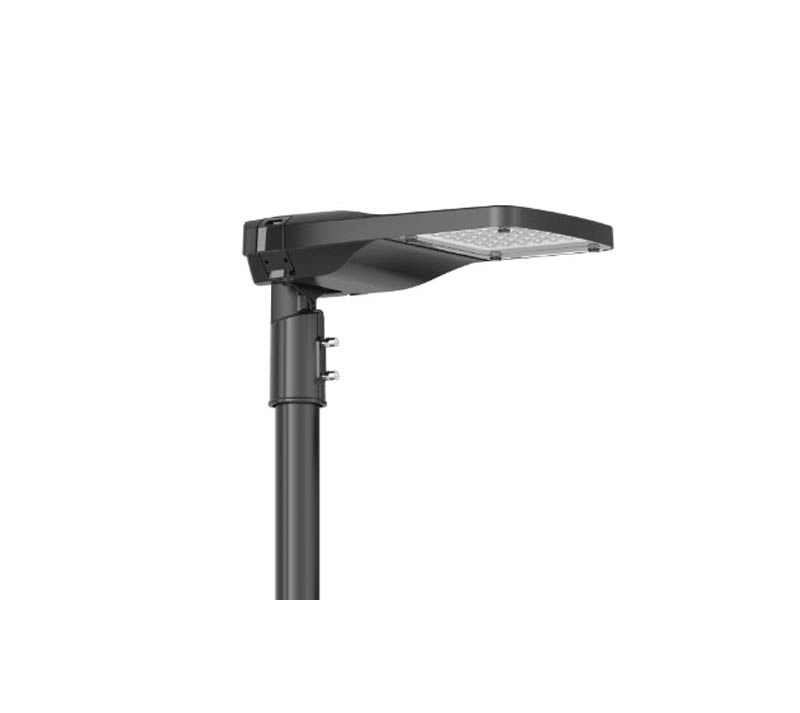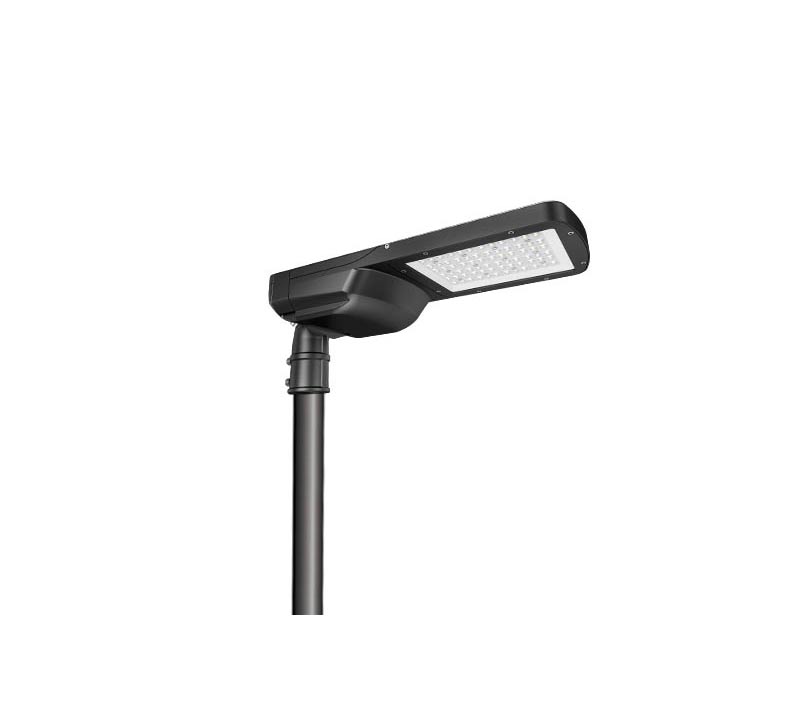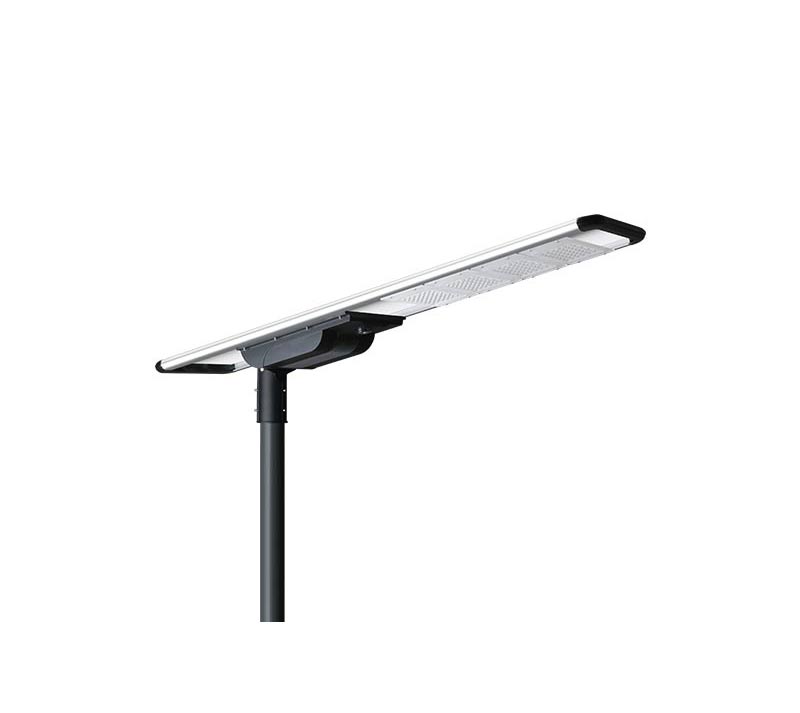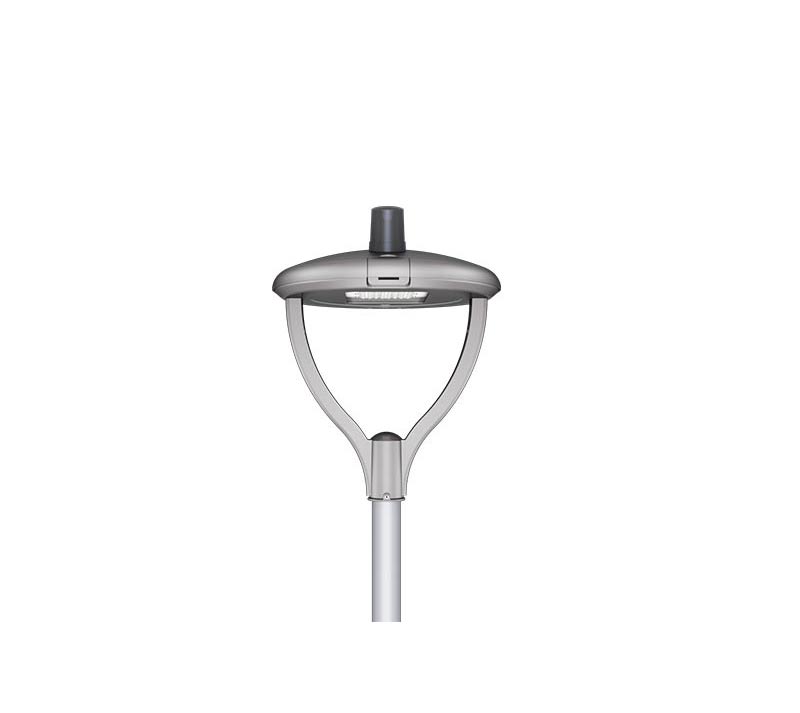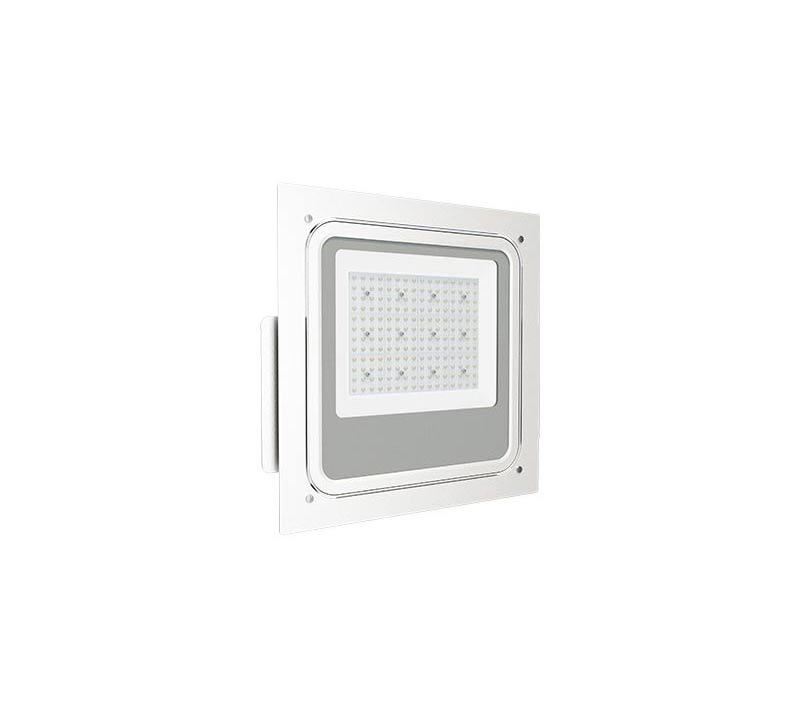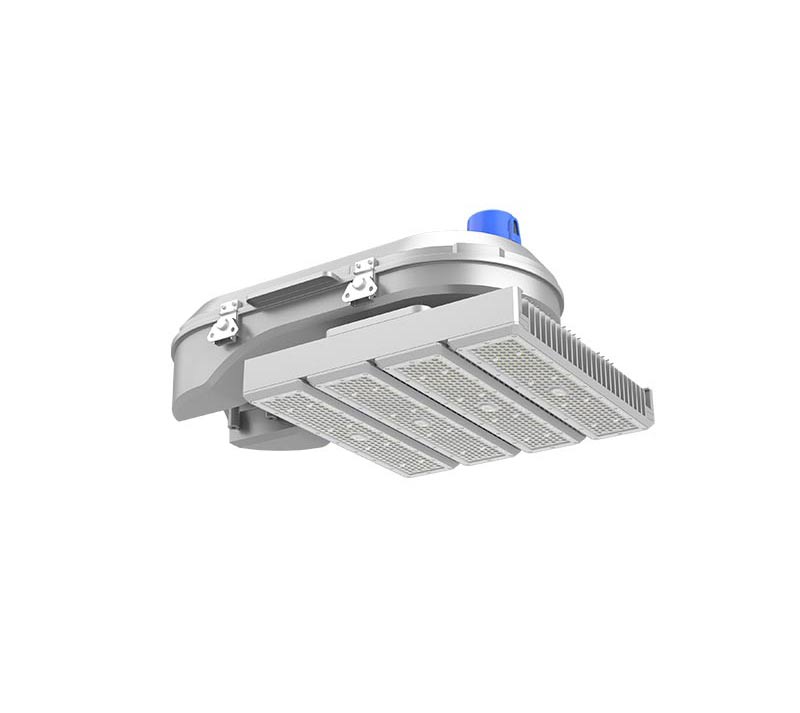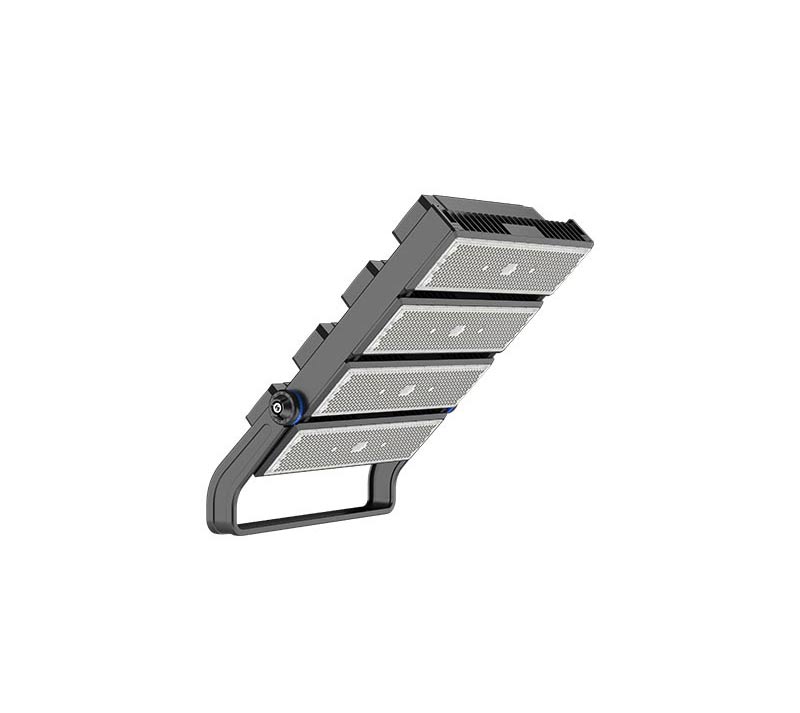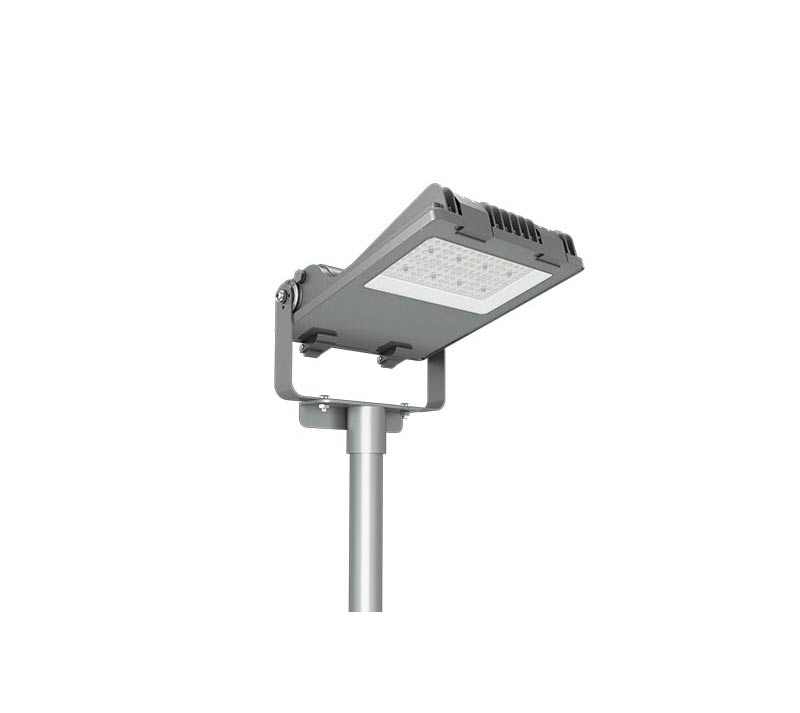Key Facts You Need to Know About Post Top Lights with ZHAGA, DALI2 D4i
By Alice
Published On: January 3, 2024
Table of Contents
- 1. What is Post Top Light with a ZHAGA socket and a DALI2 driver with D4i support?
- 2. What is ZHAGA,DALI2 and D4i?
- 3. The advantages of Post Top Light with a ZHAGA socket and a DALI2 driver with D4i support
- 4. How to install ZHAGA socket in Post Top Lights for future upgrade?
- 5. What is the impact of the ZHAGA standardized interface on the LED lighting?
- 6. What the ZHAGA and DALI2 D4i standards portend for future lighting technology development?
- 7. Which light fixtures from MKLIGHTS can be fitted with a ZHAGA base?
1. What is Post Top Light with a ZHAGA socket and a DALI2 driver with D4i support?
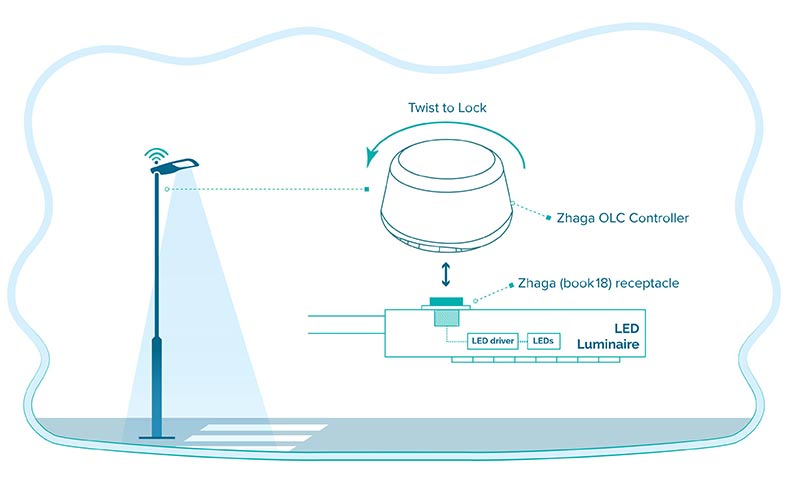
A post top light with a ZHAGA socket and a DALI2 driver that supports D4i is a customized LED lighting fixture designed according to specific standards and specifications to provide better compatibility, controllability, and data access.
ZHAGA Socket: This is a standardized interface defined by the ZHAGA Consortium for connecting LED fixtures with control modules. This means that the post top light can accept various control modules that comply with the ZHAGA standard, thereby enhancing the compatibility and interchangeability of the fixture.
DALI2 Driver: DALI2 is the latest version of the Digital Addressable Lighting Interface, which provides more advanced control capabilities for lighting systems. This means that the post top light can be controlled more precisely through the DALI2 system, including dimming, color control, scene setting, etc.
D4i Support: D4i is a subset of DALI designed specifically for intelligent LED drivers. This indicates that the driver of this post top light can store and provide data about its performance and status, which is very useful for the maintenance and management of intelligent lighting systems.
Therefore, a post top light with a ZHAGA socket and a DALI2 driver that supports D4i is a highly compatible, controllable, and intelligent lighting device. This type of fixture can be used with a variety of different intelligent control modules, can be finely set through complex control systems, and can provide useful performance data.
2. What is ZHAGA,DALI2 and D4i?
ZHAGA, DALI2, and D4i are standards and specifications that are relevant to the lighting industry.
ZHAGA: The ZHAGA Lighting Alliance is a global lighting industry consortium that aims to promote the standardization and interoperability of LED luminaires. The ZHAGA standard ensures compatibility and interchangeability between LED luminaires and ancillary equipment from different manufacturers, allowing users to select compatible LED luminaires and ancillary equipment from a wide variety of suppliers.
DALI2: DALI (Digital Addressable Lighting Interface) is a communication protocol designed specifically for intelligent lighting systems. DALI2 is an updated version of DALI that offers more control options and superior interoperability. With DALI2, granular dimming and other controls can be implemented on individual or groups of luminaires.
D4i: D4i is a subset of DALI2, specifically designed for intelligent LED drivers. D4i outlines how the driver can store and report on a variety of data, such as energy consumption data and device status. This is crucial for the maintenance and management of an intelligent lighting system.
Collectively, the ZHAGA, DALI2, and D4i standards and specifications contribute to enhancing lighting device interoperability, enriching control capabilities, and providing access to data regarding device performance and status, leading to smarter and more efficient lighting solutions.
3. The advantages of Post Top Light with a ZHAGA socket and a DALI2 driver with D4i support
A post top light with a ZHAGA socket and a DALI2 driver supporting D4i comes with a range of advantages, some of which are as follows:
Interoperability: The ZHAGA socket enables the LED fixture to be compatible with and accept control modules from different manufacturers. This means users can choose the most suitable smart control modules based on their specific needs and budgets.
Flexibility and Scalability: Due to the ZHAGA and DALI2 standards, this type of fixture offers high flexibility and scalability. Should there be a need to replace LED modules or drivers, or to upgrade the system, users can do so easily without the need to replace the entire fixture.
Precision Control: The DALI2 driver provides precise control over the lighting fixture, including dimming, color control, scene setting, etc. This control can be integrated with smart home systems, delivering a personalized and convenient lighting experience.
Data Access: Fixtures supporting D4i can provide valuable data about their performance and status. This data can be used for monitoring energy consumption, predicting and preventing maintenance issues, and optimizing lighting effects and energy savings.
Energy Efficiency and Sustainability: Through fine control and data access, users can manage their lighting needs more effectively, thus saving energy and reducing their carbon footprint.
Overall, a post top light with a ZHAGA socket and a DALI2 driver that supports D4i offers a highly compatible, flexible, controllable, intelligent, and sustainable lighting solution.
4. How to install ZHAGA socket in Post Top Lights for future upgrade?
The ZHAGA socket or base is a standardized interface primarily used for connecting lighting fixtures and light controllers, with the latter serving as terminal nodes in an intelligent control system. While the ZHAGA interface is a standard means to achieve intelligent lighting, it is not the only option available; intelligence can also be implemented through the use of a NEMA socket, among other methods.
To install a ZHAGA socket, follow these general steps:
1. Select a ZHAGA-compliant base. This base typically mounts to the top or side of the luminaire housing.
2. Since lighting controllers that attach to ZHAGA bases often require an external power supply, the LED driver associated with the ZHAGA base usually needs to provide an auxiliary power output, commonly DC 24V.
3. Connect the power cable from the ZHAGA base to the LED driver’s auxiliary power output. Then, connect the control cables from the LED driver to the corresponding terminals on the ZHAGA base. Securely attach the ZHAGA base to the luminaire housing.
When it is time to integrate the luminaire into a control system, you can remove the protective cover from the ZHAGA base and install a NODE light controller onto it. This controller will then connect to the network through a gateway, enabling remote control capabilities.
Please note that these instructions are quite general, and actual installation steps may vary based on specific luminaire designs, ZHAGA base models, and lighting control systems. Always refer to the manufacturer’s installation guide for precise instructions.
5. What is the impact of the ZHAGA standardized interface on the LED lighting?
The ZHAGA standardized interface has had a profound impact on the LED lighting industry. Here are some of the main effects:
Interoperability: The ZHAGA standardized interface allows for interoperability between LED modules and accessories from different manufacturers. This provides users with greater flexibility as they can choose and replace LED modules and accessories from a variety of suppliers.
Maintainability and Upgradability: The ZHAGA interface makes LED lighting devices easier to maintain and upgrade. If an LED module fails or needs an upgrade, users can simply replace the module instead of the entire fixture, which can reduce the cost and resource consumption associated with maintenance and upgrades.
Driving Innovation: With the standardization of the ZHAGA interface, lighting equipment manufacturers can focus more on developing new and innovative LED modules and accessories, rather than customizing hardware for every type of fixture. This helps to drive industry innovation and product diversity.
Environmentally Friendly: The standardization of the ZHAGA interface helps to reduce the number of discarded fixtures, as users can upgrade their lighting systems by replacing modules instead of the entire fixture. This contributes to reducing electronic waste and environmental impact.
Market Expansion: The ZHAGA standardized interface helps to expand the lighting market, as it allows more suppliers to enter the market and offer compatible products. This provides users with more product choices and has the potential to create a healthier and more competitive market environment.
Overall, the ZHAGA standardized interface has had a positive impact on the LED lighting industry, enhancing product interoperability, maintainability, and upgradability, fostering innovation, reducing environmental impact, and expanding the market size.
6. What the ZHAGA and DALI2 D4i standards portend for future lighting technology development?
ZHAGA, DALI2, and D4i standards are indicative of the direction in which future lighting technologies are headed. Here are some potential trends:
Higher Level of Interoperability: As standardization progresses, lighting equipment and systems from different manufacturers will be able to interoperate more easily. This means that consumers and businesses will be able to choose devices from multiple suppliers based on their specific needs without worrying about compatibility issues.
Enhanced Smart Control: The DALI2 and D4i standards emphasize the controllability of lighting devices, especially in terms of precise dimming and color control, as well as access to device performance data. This suggests that future lighting technologies will be smarter, able to better integrate with smart home and building automation systems.
Greater Energy Efficiency: Through access to and analysis of device performance data, users will be able to better manage their lighting needs, thus improving energy efficiency. Additionally, through precise controls such as dimming and scene setting, users can adjust lighting according to actual conditions, further saving energy.
Stronger Maintainability and Upgradability: The ZHAGA standard allows users to replace and upgrade LED modules instead of the entire fixture. This means that future lighting equipment will be easier to maintain and upgrade, thereby extending the lifespan of the devices, reducing resource consumption, and lowering the costs of maintenance and upgrades.
Larger Space for Innovation: With the advancement of standardization, manufacturers can focus more on developing new and innovative lighting solutions rather than addressing basic compatibility and interoperability issues. This could lead to increased innovation and diversity in lighting technology.
Overall, ZHAGA, DALI2, and D4i standards suggest that future lighting technologies will be more intelligent, efficient, maintainable, upgradeable, and innovative.
7. Which light fixtures from MKLIGHTS can be fitted with a ZHAGA base?
As a professional LED lighting supplier, MKLIGHTS has indeed conducted in-depth research in the area of intelligent lighting, and all of fixtures can be customized for smart capabilities. MKLIGHTS also has unique advantages in the application of ZHAGA bases. This means that whether for outdoor street lighting or industrial illumination, it is possible to install ZHAGA bases to achieve intelligent lighting. Here are some possible application scenarios:
Outdoor Lighting: For instance, street lights and garden lights can be equipped with ZHAGA bases, combined with intelligent lighting control, they can automatically adjust brightness according to environmental luminosity or time changes, achieving energy savings and convenient management.
Industrial Lighting: For example, factory lighting or warehouse lighting, through the use of ZHAGA bases and intelligent control, can achieve precise lighting management, improve the working environment, and increase work efficiency.
MKLIGHTS provides not only fixtures suitable for various environments and applications but also comprehensive intelligent solutions, including but not limited to intelligent lighting control systems and energy management systems, to meet the needs of different users. Whether it’s a new project or an upgrade of an existing lighting system, MKLIGHTS can offer professional consulting and customization services to achieve intelligent and energy-efficient lighting.
Author

Alice
Lighting Specialist
As a sales engineer at MK Lighting, I have been in the LED lights industry for more than 13 years. Good at lighting design, light system configuration, and bidding technology support. Feel free to contact us. I’m happy to provide you with the best service and products.
Related Products
How Can We Help You?

